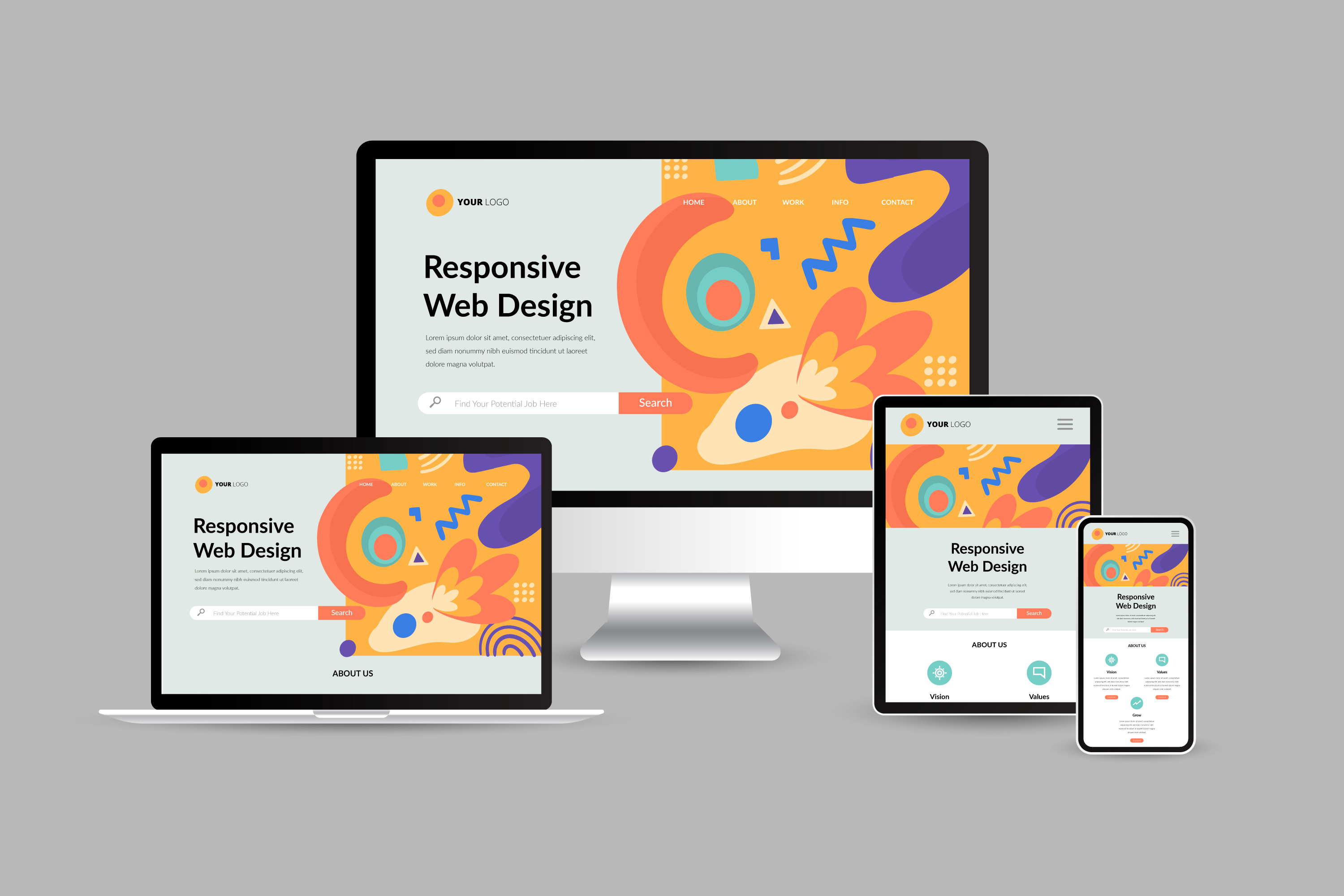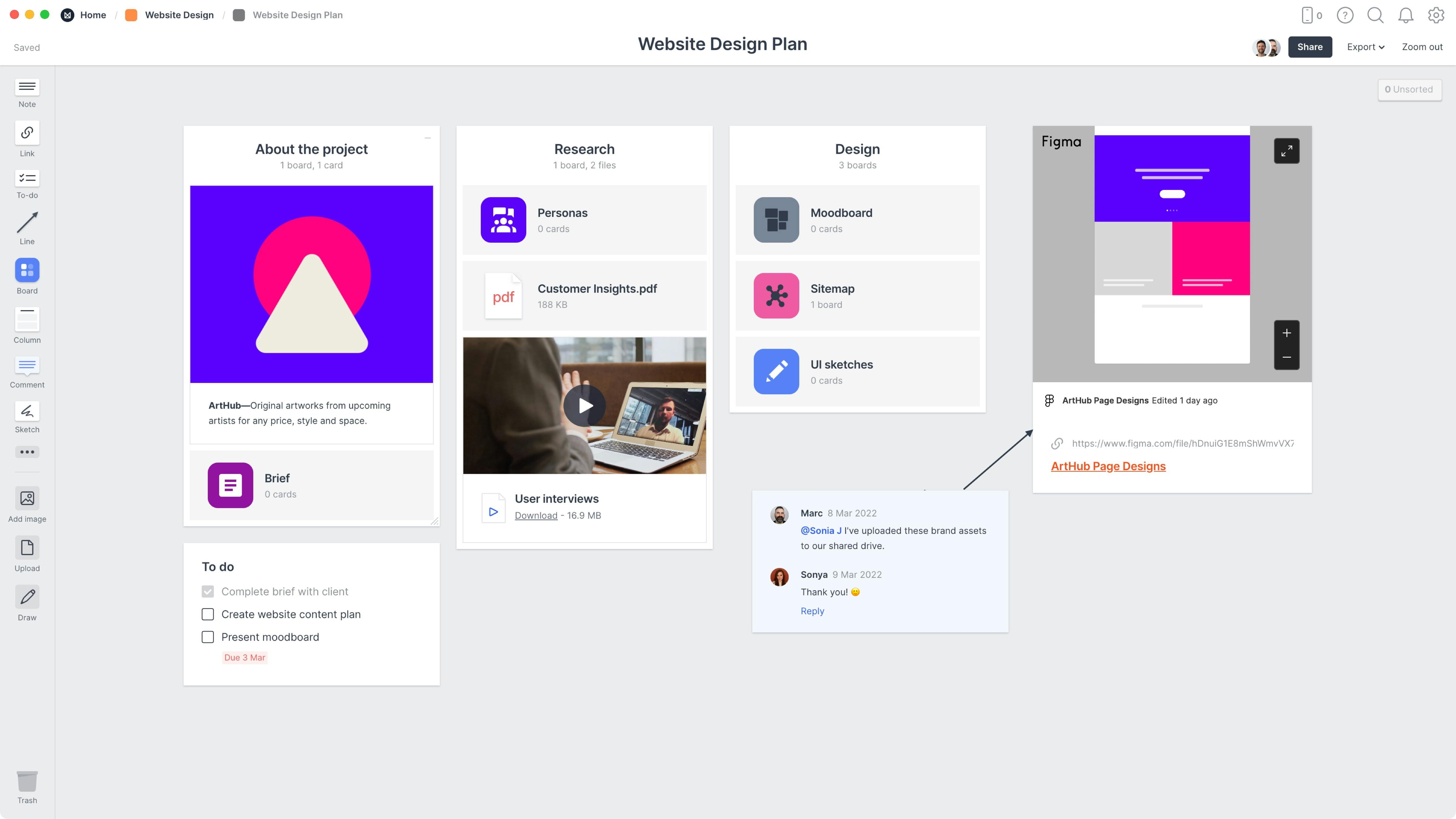The Ultimate Guide to Achieving Effective Website Design for Services
The Ultimate Guide to Achieving Effective Website Design for Services
Blog Article

Crafting a User-Friendly Experience: Vital Components of Reliable Internet Site Layout
Crucial aspects such as a clear navigating framework, receptive style principles, and fast loading times serve as the structure for engaging individuals efficiently. Recognizing the hidden elements that add to effective style can shed light on just how to improve user complete satisfaction and interaction.
Clear Navigation Structure
A clear navigation structure is essential to efficient website style, as it directly influences customer experience and involvement. Individuals should be able to find info effortlessly, as intuitive navigation decreases aggravation and encourages expedition. A well-organized layout enables site visitors to comprehend the partnership between various web pages and web content, bring about longer site sees and increased interaction.
To achieve clearness, designers need to utilize acquainted patterns, such as side or top navigating bars, dropdown food selections, and breadcrumb tracks. These aspects not only enhance usability but also offer a sense of alignment within the website. Moreover, maintaining a regular navigating structure throughout all pages is essential; this familiarity helps customers anticipate where to find wanted information.
Furthermore, including search capability can additionally aid customers in finding certain web content swiftly. In summary, a clear navigation framework is not just a design choice; it is a strategic aspect that considerably influences the overall success of a website by fostering a pleasurable and efficient individual experience.
Responsive Style Concepts
Reliable website navigation sets the phase for a seamless individual experience, which becomes much more vital in the context of responsive layout principles. Responsive style guarantees that web sites adapt fluidly to different display sizes and orientations, boosting access across devices. This versatility is accomplished via adaptable grid formats, scalable photos, and media questions that permit CSS to change styles based on the device's characteristics.
Secret concepts of receptive layout include fluid layouts that utilize percentages instead of dealt with units, making certain that aspects resize proportionately. Furthermore, employing breakpoints in CSS makes it possible for the style to shift efficiently in between various tool sizes, optimizing the format for each screen kind. Using receptive photos is additionally crucial; photos need to automatically change to fit the display without shedding quality or creating design changes.
Furthermore, touch-friendly interfaces are crucial for mobile customers, with properly sized switches and user-friendly motions enhancing user interaction. By integrating these principles, designers can produce internet sites that not just look aesthetically pleasing but additionally offer engaging and useful experiences throughout all gadgets. Eventually, reliable responsive layout fosters customer fulfillment, decreases bounce rates, and motivates longer interaction with the content.
Fast Loading Times
While users progressively expect sites to fill rapidly, fast packing times are not simply an issue of comfort; they are necessary for retaining visitors and improving total user experience. Research study indicates that individuals normally abandon internet sites that take longer than 3 seconds to tons. This abandonment can result in enhanced bounce rates and lowered conversions, inevitably damaging a brand name's credibility and revenue.
Rapid loading times enhance customer interaction and complete satisfaction, as visitors are most likely to check out a website that reacts promptly to their communications. Additionally, internet search engine like Google prioritize speed in their ranking algorithms, meaning that a slow website may struggle to accomplish visibility in search engine result.

Instinctive Customer Interface
Fast packing times prepared for an appealing online experience, but they are internet only part of the equation. An user-friendly interface (UI) is necessary to guarantee visitors can browse an internet site easily. A properly designed UI enables users to attain their purposes with very little cognitive load, fostering a seamless interaction with the site.
Crucial element of an instinctive UI include consistent layout, clear navigating, and identifiable icons. Uniformity in style aspects-- such as color pattern, typography, and button styles-- aids users comprehend just how to connect with the website. Clear navigation structures, consisting of rational food selections and breadcrumb trails, make it possible for individuals to find info promptly, minimizing irritation and boosting retention.
Furthermore, responses devices, such as hover impacts and packing signs, inform users concerning their activities and the internet site's feedback. This openness grows depend on and encourages continued involvement. Focusing on mobile responsiveness makes sure that users delight in a natural experience throughout devices, providing to the varied ways audiences access content.
Accessible Material Standards

First, use simple and clear language, avoiding lingo that may perplex visitors. Emphasize proper heading structures, which not just help in navigation but additionally help screen readers in translating content power structures effectively. In addition, give different message for images to share their significance to individuals who count on assistive modern technologies.
Comparison is another crucial component; make certain that text attracts attention versus the history to improve readability. Moreover, make certain that video and audio material includes captions and records, making multimedia accessible to those with hearing problems.
Last but not least, incorporate key-board navigability right into your style, allowing individuals that can not use a mouse to gain access to all site attributes (website design). By sticking to these easily accessible material standards, helpful site web developers can produce comprehensive experiences that satisfy the demands of all customers, inevitably improving customer engagement and satisfaction
Conclusion
Finally, the assimilation of crucial elements such as a clear navigation structure, responsive style concepts, quickly loading times, an intuitive interface, and easily accessible content guidelines is important for producing an easy to use website experience. These elements collectively improve usability and engagement, guaranteeing that individuals can effortlessly communicate and navigate with the site. Prioritizing these layout components not just enhances general complete satisfaction yet additionally cultivates inclusivity, suiting varied user requirements and preferences in the digital landscape.
A clear navigation framework is essential to reliable web site style, as it directly influences customer experience and interaction. In summary, a clear navigation structure is not merely a design choice; it is a tactical element that considerably influences the total success of an internet site by promoting a pleasurable and efficient user experience.
Moreover, touch-friendly user interfaces are vital for mobile individuals, with effectively sized switches and intuitive motions improving individual communication.While individuals progressively expect internet sites to fill rapidly, quickly loading times are not simply a matter of convenience; they are crucial for keeping site visitors and enhancing total individual experience. website design.In conclusion, the assimilation of vital elements such as a clear navigating structure, responsive style principles, quick filling times, an instinctive customer interface, and available web content standards is important for developing a straightforward site experience
Report this page